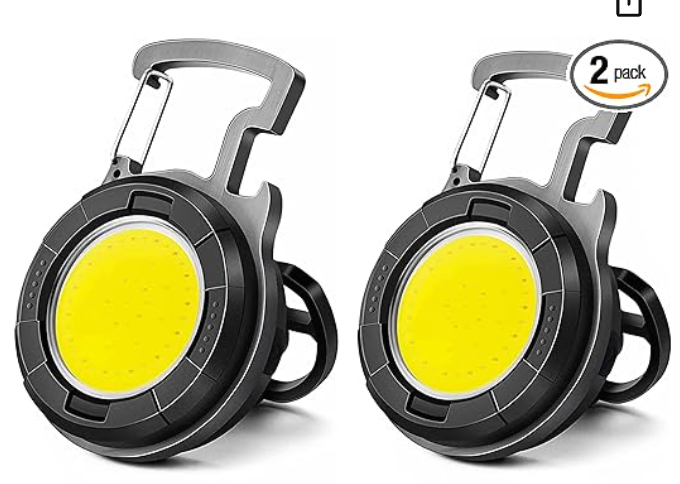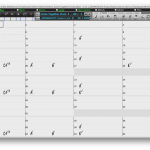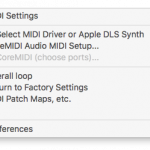If you haven’t heard, the LONG TIME notation software (which I use), Finale, is going to be sunset. I think it is a terrible business decision. It would have been like Apple deciding to stop doing the Mac when it was in it’s iPod phase. Or it’s iPhone phase. Finale has been a stable, reliable platform to do music on. I have 24 years invested in this program. Thousands of Finale Files. I think MakeMusic’s pivot to “MakeMusic Cloud” is myopic.
There has been talk of perhaps one of the other software packages being able to open FinaleFiles natively. That would be nice. The current “solution” of exporting stuff out from Finale into MusicXML format is less than ideal.
So, what notation packages are remaining then? There is Sibelius. I’ve NEVER gotten into the Sibelius workflow. Ever. I have bought it a couple of times, and just never liked it.
There is the free Musescore. Honestly, it has come a LONG WAY. But it still has a long way to go. While simple leadsheets it can tackle, anything more looks like it would be rough.
So that leaves us with Dorico, the software started by ex-Sibelius developers after Avid gutted the original team. I tried it, and it has a lot of Sibelius like things about it. BUT……it does seem more Finale like than the other options. How it does linked parts is sorta how I think Finale would have eventually done it……if they ever got around to it.
Finale was really frustrating as it would introduce a feature……but it would have issues. They would wait a release or two, and then “fix it” and tout it as a new feature.
Anyhow, I tried, and I exported the “Zinn Practice regimen” to it. Looks pretty good. I need to get more of my “style” set up in it, but generally, it’s not bad.
 Zinn Practice Regimen 2024 (913.0 KiB, 3 hits)
Zinn Practice Regimen 2024 (913.0 KiB, 3 hits)
You do not have permission to download this file. Go register first.









 them I would think about a dozen of the Woodwind Design stands might equal the weight of the Hercules one. According to Hercules, the weight of the Hercules stand is 4.6 pounds, and the Woodwind Design Bari stand is 1.1 pounds. The Woodwind Design stand feels like a piece of paper, while the Hercules is a rock.
them I would think about a dozen of the Woodwind Design stands might equal the weight of the Hercules one. According to Hercules, the weight of the Hercules stand is 4.6 pounds, and the Woodwind Design Bari stand is 1.1 pounds. The Woodwind Design stand feels like a piece of paper, while the Hercules is a rock. 












 while it’s a little better than it was, it still has a LOT of issues. First, you can’t really get rid of any of the unnecessary buttons. Like say you never ever are going to use the Video Help. Or you never want to do StyleMaker. Or the Jukebox mode. You are stuck with them.
while it’s a little better than it was, it still has a LOT of issues. First, you can’t really get rid of any of the unnecessary buttons. Like say you never ever are going to use the Video Help. Or you never want to do StyleMaker. Or the Jukebox mode. You are stuck with them.